Pac-12, George Kliavkoff allowed themselves to be strong-armed by a professor

If you have lived long enough, you have probably met at least one person who has crazy, outside-the-box ideas. Whether it’s an inventor with all sorts of concepts for new products, or a consultant who insists on being unconventional at every turn, or an ideological true believer with novel theories of politics, there’s at least one person we come across who is out in left field and has a drastically different take on a lot of topics.
If that person is a close friend or relative, we will listen to that person so as to not alienate him or her, but there’s a huge difference between listening and — on the other hand — taking that kind of person’s ideas seriously.
Guess what? The Pac-12 took that person’s ideas seriously … and the conference is on its deathbed as a result.
Brady McCollough of the Los Angeles Times came out with a well-reported, highly-sourced examination of the collapse of the Pac-12 on Wednesday. There are several stories we need to share with you from that report, but the biggest one is that the Pac-12 listened to a wacky fringe professor with a crazy idea. George Kliavkoff, instead of asserting himself as a leader who told the Pac-12 CEO Group what had to be done in a time of crisis, allowed one university president and professor to derail the deal which would have saved the conference.
Plenty of people within the Pac-12 Conference have their suspicions about the identity of the professor (and school) involved, but it will be interesting to see if today’s inclinations and thoughts are confirmed — or refuted — in subsequent days and weeks.
You can’t make this stuff up. Let’s dive into the details:
FIRST THINGS FIRST

Let’s start with the general reminder that ESPN offered the Pac-12 a deal in 2022 which would have paid each school $30 million per year, very close to the $31.7 million the Big 12 arrived at for its eventual deal with ESPN. This figure would have saved the Pac-12, by all indications. Colorado and the other Four Corners schools would not have bolted.
PAC-12 INTERNAL ANALYSIS
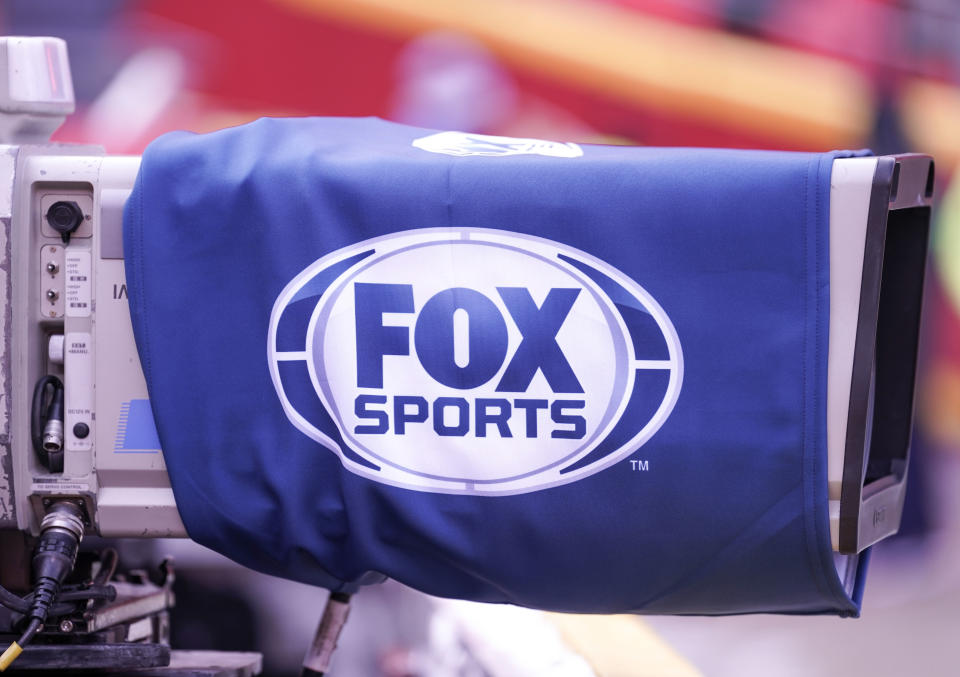
Industry experts had said back in July of 2022, right after USC and UCLA left for the Big Ten, that the estimated media rights value of the 10-member Pac-12 was roughly $300 million, or $30 million per school. We noted this.
McCollough’s L.A. Times report noted that the Pac-12’s own internal analysis generally agreed with this estimate. McCollough reported that the Pac-12 was considering a line of negotiations in which it would make a counteroffer to ESPN which could leverage the situation and arrive at an ultimate deal which paid each school $35 million instead of $30 million. Maybe the negotiations could have at least bumped the number up to $32 million, which would have been higher than the Big 12’s $31.7 million figure.
Sounds sensible and reasonable, right?
TRAINWRECK
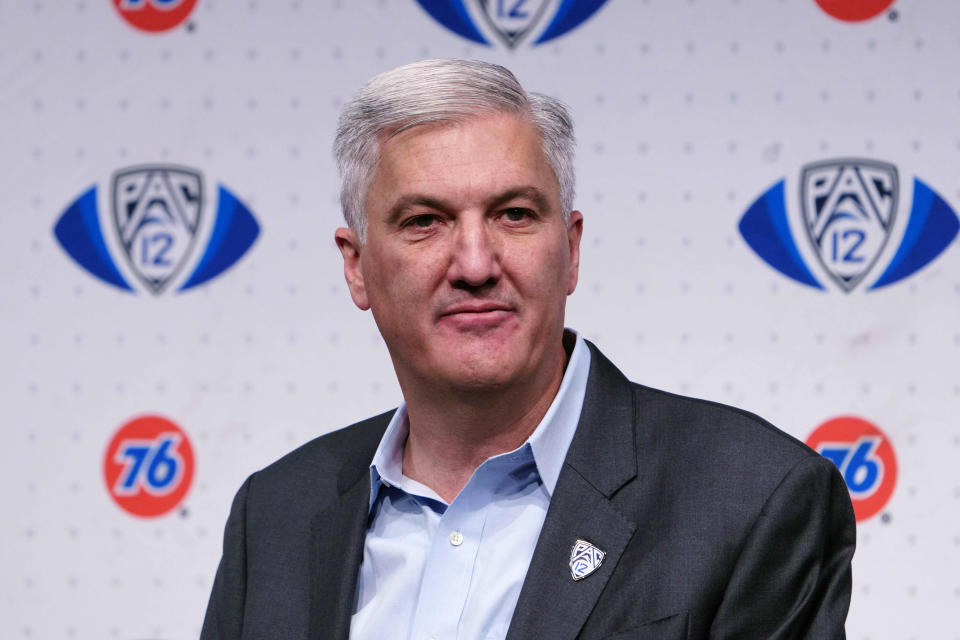
Here’s where it all went wrong, according to McCollough, who reported the following:
“When the Pac-12 CEO group met to discuss the offer, one of the league presidents had other ideas. The president worked with a professor on his campus to come up with their own estimate of what the 10 schools should get based on their market value: $50 million.”
This was the crazy contrarian in the room. A good leader would have silenced this voice and told the CEOs to accept the deal and save the conference. Kliavkoff couldn’t — wouldn’t — do it.
Here we are. The Pac-12 got strong-armed by one school president and professor who had a wildly ridiculous idea. Instead of shutting down the wacky uncle in the family, the conference allowed this one dissident voice to derail negotiations with ESPN.
DERAILMENT
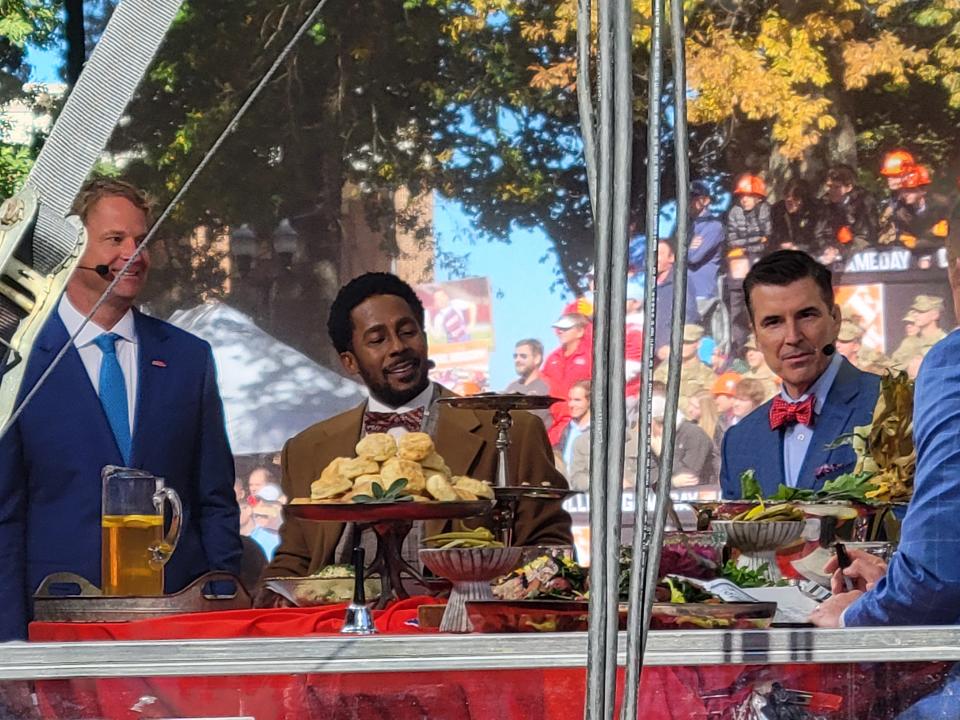
ESPN’s reponse to the $50 million per school proposal advanced by the one rogue school president and professor was blunt:
“ESPN did not react very well to it,” a source close to the negotiations told McCollough and the L.A. Times.
What a disaster, and such a preventable one, too.
REMINDER ABOUT THE MEDIA RIGHTS FAILURE
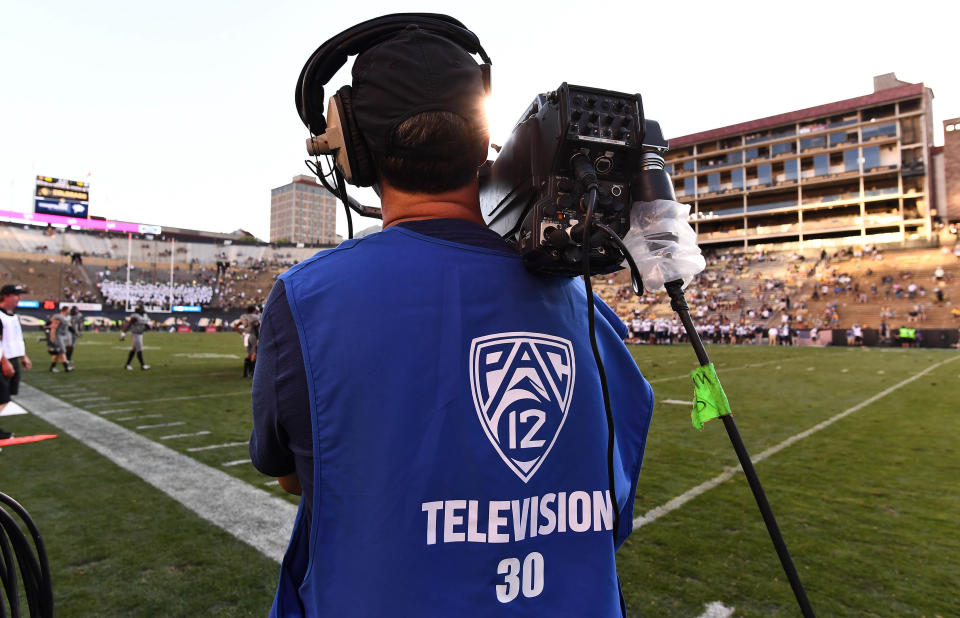
One key reminder about the Pac-12’s failure/unwillingness to finalize a media rights deal in 2022 when ESPN put an offer on the table: The lack of a media deal meant that the conference continued to exist under an expiring contract (the current one which ends with this 2023-2024 college sports cycle). If the conference had agreed to a media deal in 2022, conference members would have accordingly signed a new grant of rights agreement which would have contained exit fees for any school which subsequently left the conference.
By not finalizing the media deal in 2022, the Pac-12 left itself open to defections which did not include exit fees. Colorado, Arizona State, Arizona, Utah, Oregon, and Washington have all left the Pac-12 without having to pay an exit fee. If the conference had handled its media deal and its grant of rights business in 2022, the conference would not have splintered and disbanded.
This was all very preventable, and none of it was inevitable.
MORE CRAZY PAC-12 DRAMAS
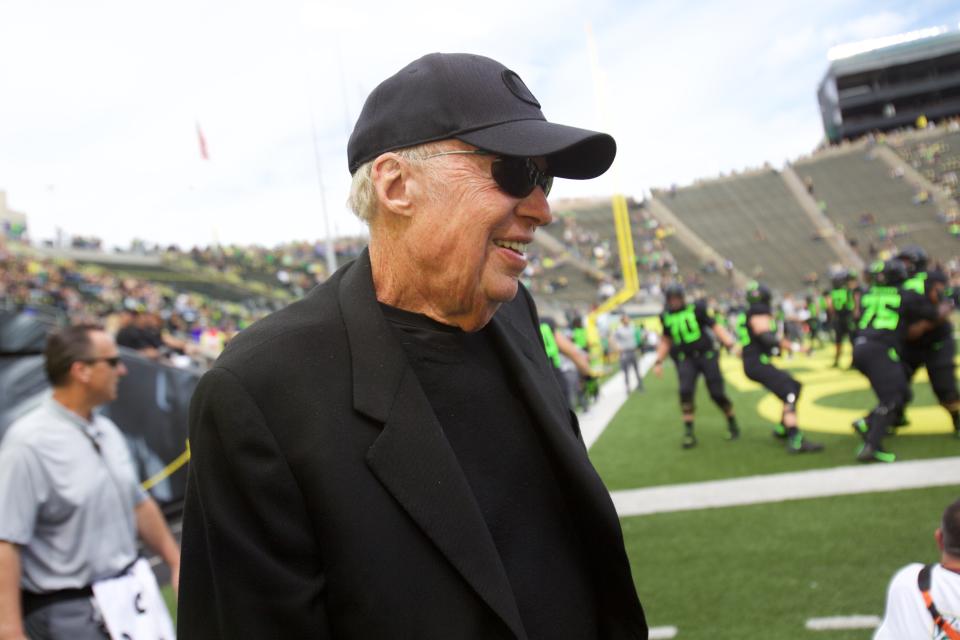
One fascinating and unexpected note in McCollough’s report: Oregon megadonor and power broker Phil Knight loved the potential of the Pac-12 Apple TV deal George Kliavkoff put to the CEO group at the last minute before Oregon and Washington left for the Big Ten.
If Phil Knight loved the Apple TV deal, what swung the Ducks and Huskies to the Big Ten instead of keeping them in the Pac-12? That’s next:
KALEN DEBOER WAS WORRIED ABOUT NO LINEAR TV COVERAGE
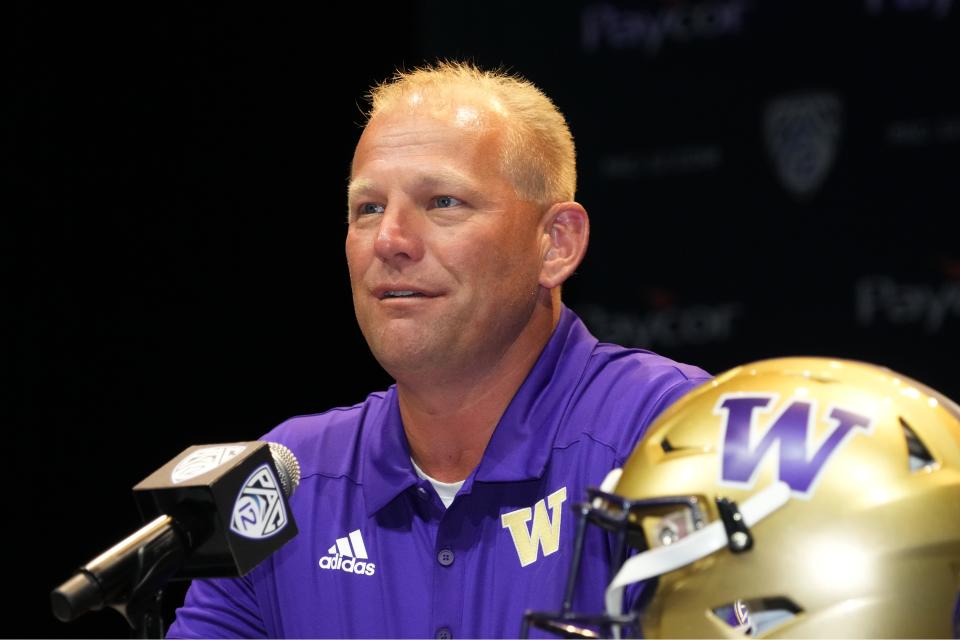
Via McCollough:
“After two days of reports circulating that the Ducks and Huskies were pushing to leave for the Big Ten, there was a sudden turnabout. Reports from multiple outlets said the Pac-12 presidents were intending to meet on the morning of Aug. 4 to sign their grant of rights with a 10th school to be added later replacing Colorado.
“Ten minutes before the meeting was to begin, however, Washington informed the Pac-12 that it was leaving for the Big Ten. The possibility of playing no games on the major linear networks was too tough of a sell for Washington football coach Kalen DeBoer, two sources told The Times.”
A PAC-20 CONFERENCE WAS CONSIDERED
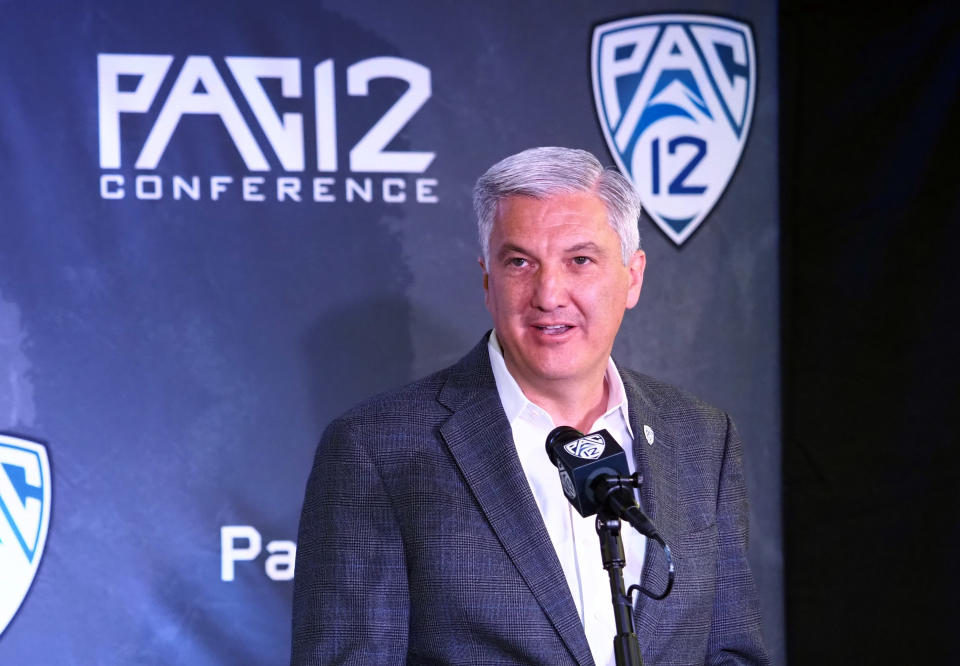
Via McCollough:
“Without Texas and Oklahoma, the eight schools left in the Big 12 were looking for a new home. Kliavkoff received word from Big 12 commissioner Bob Bowlsby that the eight were interested in coming to the Pac-12 to make a Pac-20, playing games across every time zone. The Power Five conferences would become a Power Four.”
This eerily echoes the 2011 drama in which Larry Scott pitched a Pac-16 proposal with Texas and Oklahoma, only for the Pac-12 presidents to shoot it down.
IDENTITY OF THE PRESIDENT AND PROFESSOR: UNKNOWN (BUT RUMORS PERSIST)
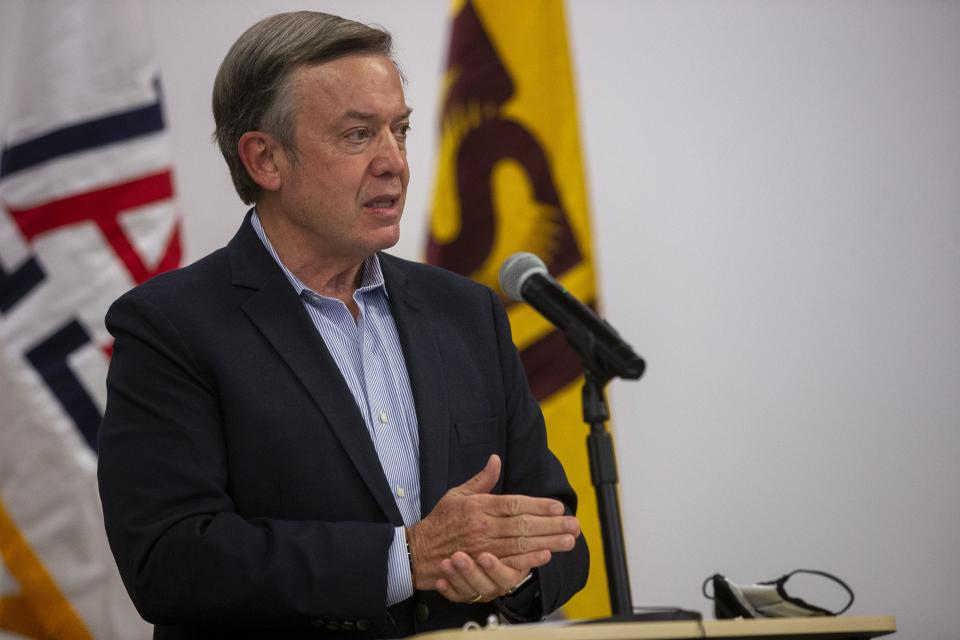
The Pac-12 school president was not named in the report, but if you ask anyone in the conference — administrators, executives, coaches, fans — which school was probably at the center of this mess, one name keeps coming up as the likely culprit: Arizona State President Michael Crow.
Remember: Crow was an ardent Larry Scott defender. He was and is part of the old guard of conference leadership. He was the school president most out of touch with reality on Pac-12 value and media rights issues.
If you think about the other Pac-12 schools and their presidents, none are nearly as likely as Crow to have been associated with a nutty professor who conjured up a wildly unrealistic dollar figure for a media deal ($50 million per school without USC and UCLA in the conference).
The only schools other than ASU (Crow) which might make any sense as possible advancers of this wild proposal (for $50 million per school) are Oregon State and Washington State, if only because those two schools were desperate to save the Pac-12 and avoid the current Pac-4 nightmare we have now. Oregon State and Washington State had the most to lose if the Pac-12 died.
Yet, that very fact also means OSU and WSU are still unlikely candidates to have advanced this crazy counteroffer ESPN instantly rejected.
It all points back to Crow and Arizona State. We will see in the coming days and weeks if this suspicion is confirmed by anyone in Tempe or within the conference.
HISTORY REPEATING ITSELF
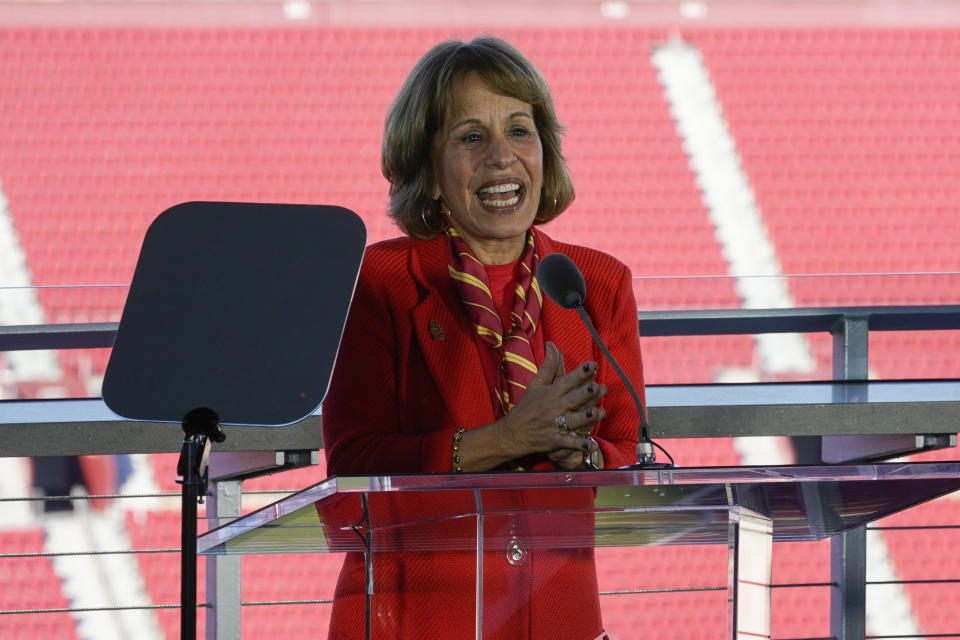
Much as Pac-12 presidents shut down Larry Scott in 2011, USC President Carol Folt shut down the idea of adding any Big 12 schools, according to McCollough.
A Pac-20 (adding eight Big 12 schools) was unrealistic, but adding two strategic Big 12 schools — at least one from the state of Texas, probably from a major media market such as Dallas-Fort Worth — would have made a lot of sense (and dollars) for the Pac-12.
It didn’t happen. Kliavkoff reportedly did not challenge Carol Folt when she shut down the idea of adding any Big 12 schools.
BACK TO THE BEGINNING
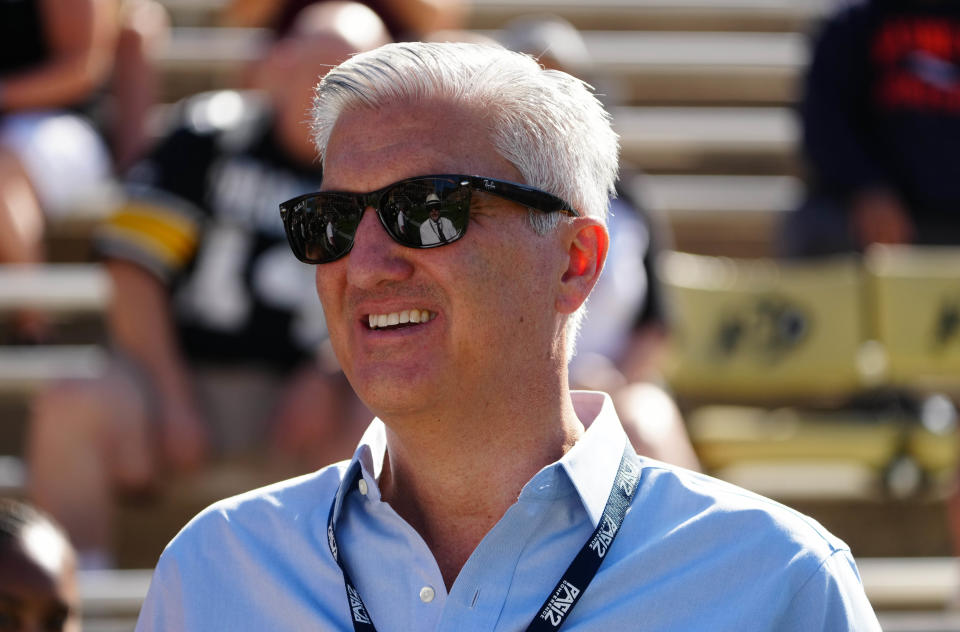
Reading these new details from the Los Angeles Times about the demise of the Pac-12 brings up some points we have been mentioning over the past month. One is that Kliavkoff never grasped that while he was trying to save a whole conference, some schools (Oregon State and Washington State) desperately needed the conference to be saved. Oregon and Washington, now in the Big Ten, didn’t need the Pac-12 to survive. They knew they could get a lucrative new home in another conference.
Kliavkoff needed to fight for Oregon State and Washington State, and nothing in this reportage from McCollough indicates he grasped that point.
THE ULTIMATE TRUTH
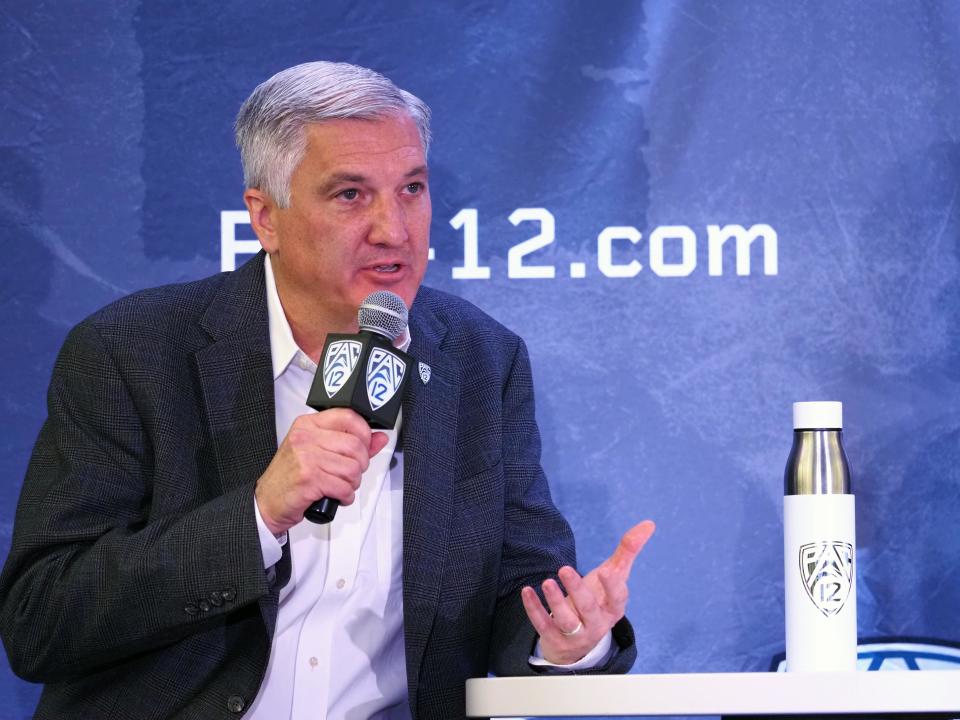
The number one reason the Pac-12 is dying, and the number one failure of George Kliavkoff as Pac-12 commissioner, are one and the same.
If Kliavkoff had stood his ground and told the presidents to accept the 2022 ESPN deal, instead of allowing himself to be pushed around by the CEOs and by a school president with a nutty professor, the Pac-12 would be alive today and would have a real future.
Kliavkoff, as we wrote earlier this summer, needed to tell the CEOs to stop being greedy and unrealistic. If they rejected the ESPN deal, Kliavkoff needed to submit his resignation as a threat — and a message — to a bunch of school presidents who were regularly out of touch with reality.
Alas, Kliavkoff was unwilling to lead the clueless presidents in his conference. That’s why we are where we are today.
POSTSCRIPT
Based on my observations over the years…
1. Many University Presidents don't understand business.
2. Many Presidents understand very little about sports
3. Even fewer Presidents understand the sports business. https://t.co/5sT5mSXpH8— Bob Thompson (@rltsports) August 17, 2023

